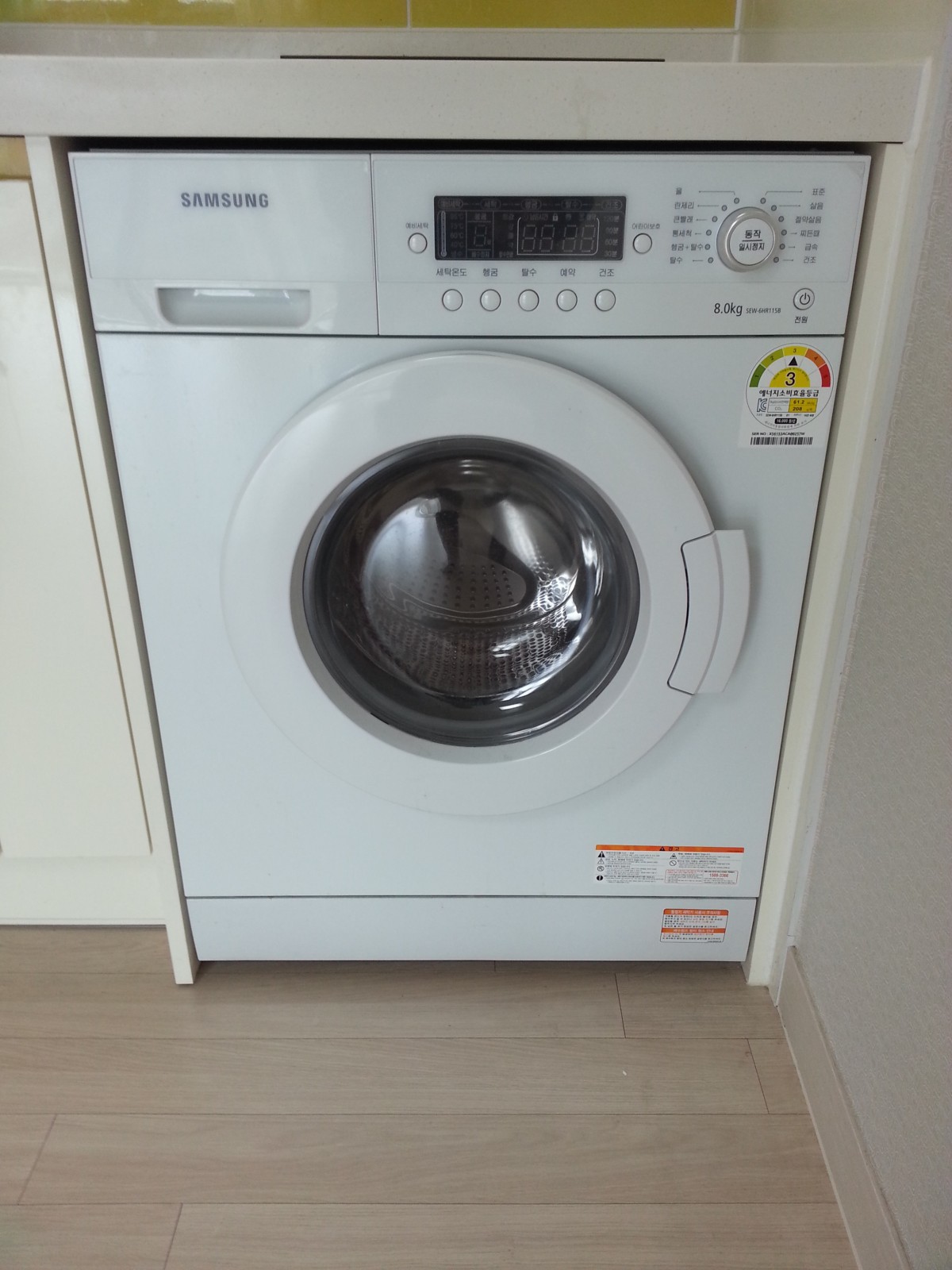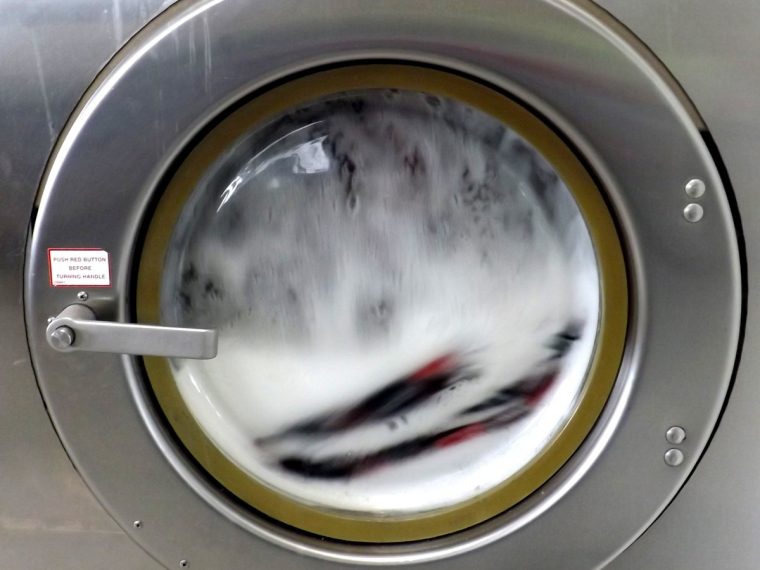6 Steps for Cleaning a Washing Machine
Contents
– Step 1: Clean the body
– Step 2: Clean the detergent tank
– Step 3: Clean the door seal
– Step 4: Clean the drum of the machine
– Step 5: Clean the pump filter
– Step 6: Check the water and drain hoses
– In case of bad smells
The washing machine is present in most homes today and provides many services. It is advisable to maintain it regularly by cleaning, in particular, the door seal, the drum, or the pump filter to ensure a long life in the best conditions.
Descaling the drum will also ensure a longer life.
Here are our tips for cleaning your washing machine.
1. Clean the body
To clean the body of your washing machine:
– Lightly dampen a soft cloth with clean water.
– Clean the cabinet and the control panel.
– Repeat these steps until all traces of dust and dirt are removed.
2. Clean the detergent dispenser
Remove the detergent dispenser from its location: most are removable.
– Rinse each compartment with warm water to remove all detergent residue.
– If necessary, use the scraper of a sponge.
– Wipe the tray clean and replace it.
Note: If your compartments are no longer emptying or emptying poorly, remove the tub and check the water supply. It is probably clogged with limescale. To avoid a recurrence, see step 4.
3. Clean the door seal

The door seal may be clogged with dust. To clean it:
– Use a soft toothbrush.
– Moisten the toothbrush with clean water and gently scrub the gasket with the brush.
– Continue until the dust is gone.
– Dry the seal with a soft, dry cloth.
Tip: Leave the door open as much as possible. This prevents bad smells from appearing and avoids premature wear of the seal. The gasket must be able to dry properly to prevent cracking.
4. Clean the drum of the machine
Wash the drum
The drum, the heart of the machine, is maintained by washing it monthly in a short cycle at a high temperature.
– Put cloths or rags that can withstand high temperatures inside the drum.
– Put in the detergent you usually use.
– Then, run the wash at 85°C with a short cycle.
When the wash is finished, your drum has been cleaned but not descaled.
Descale the drum
Limescale is the main enemy of your washing machine. It is advisable to descale it frequently to ensure the best longevity.
You can use commercially available anti-scale products, but the cheapest and most effective solution is to use white vinegar.
– Once a month, pour 1 L of white vinegar into the tanks of your washing machine and run it at 90°C. Hot white vinegar is an excellent descaler.
Note: you can put your rags and mops to wash in this cycle, but be aware that white vinegar will give them a very unpleasant smell.
– You can also use white vinegar as a fabric softener in every wash. It will regularly descale your machine.
– Note, however, that your clothes may take on an unpleasant odor. Add a few drops of the essential oil of your choice to avoid this foul smell.
Anti-noise tip: if your washing machine vibrates strongly during spinning, you can install an anti-vibration mat that will calm it down and, at the same time, rest your ears!
5. Clean the pump filter
The pump filter should be cleaned every three months or if there are any problems with the machine.
– On most models, the filter is located at the bottom and on one side of the machine.
– Drain all remaining water from the machine into a bucket.
– Unscrew the filter and clean it with a soft, damp toothbrush.
– Check the filter holder and clean it with a soft toothbrush if necessary.
– Replace the filter and make sure it is securely closed.
– The pump filter is cleaned.
Use an ecological and natural detergent to ensure a long life for your washing machine.
6. Check the water inlet and drain hoses
While cleaning your washing machine, inspect the water inlet and drain hoses. If they are cracked or worn, replace them.
Also, check that the hoses are securely attached and that there are seals at each end.
Finally, if your washing machine has an anti-limescale filter in the water inlet, clean it according to the manufacturer’s instructions.
In case of bad smells
To avoid bad smells in your washing machine, follow these recommendations for each machine:
– Leave the window (or the lid) open: if you systematically close it after each wash, the drum and the door will not be able to dry, which will promote the appearance of mold.
– Do not neglect the ventilation of the room where the washing machine is located: you will avoid humidity! If there is no window, think of installing a ventilator and leaving the laundry room door open from time to time.
– Prefer liquid detergent to powdered detergent: not that powdered detergent is forbidden, but an overdose quickly causes deposits.
Good to know: the perfect product to avoid deposits in your washing machine is the washing nut. One nut can be used for 3 washes; the cost per kilo is only $15.
Materials needed to clean a washing machine
Used toothbrush
Cloth
Essential oils
Bucket
White vinegar





